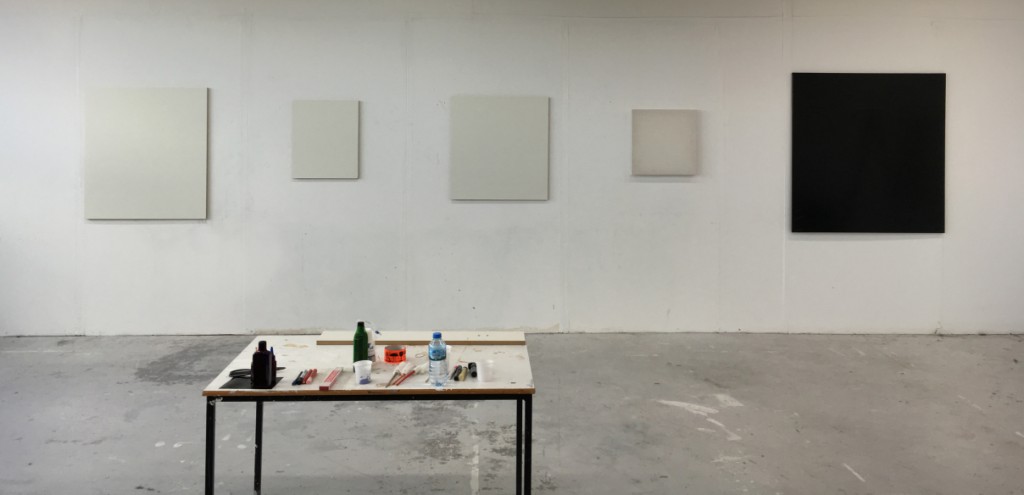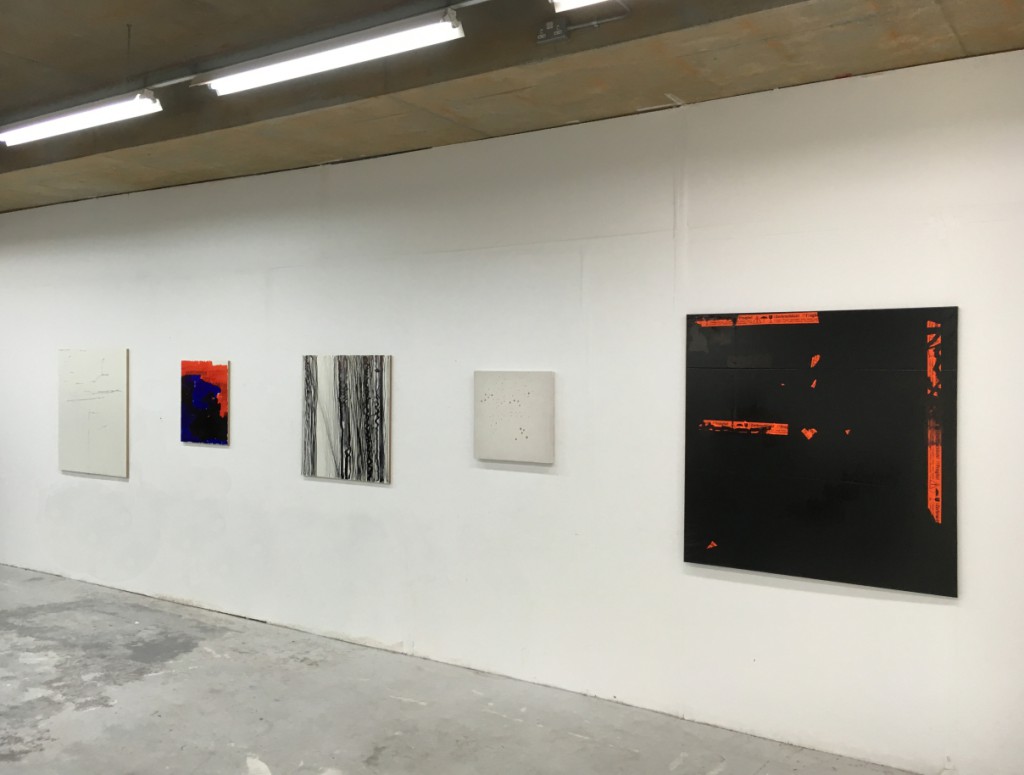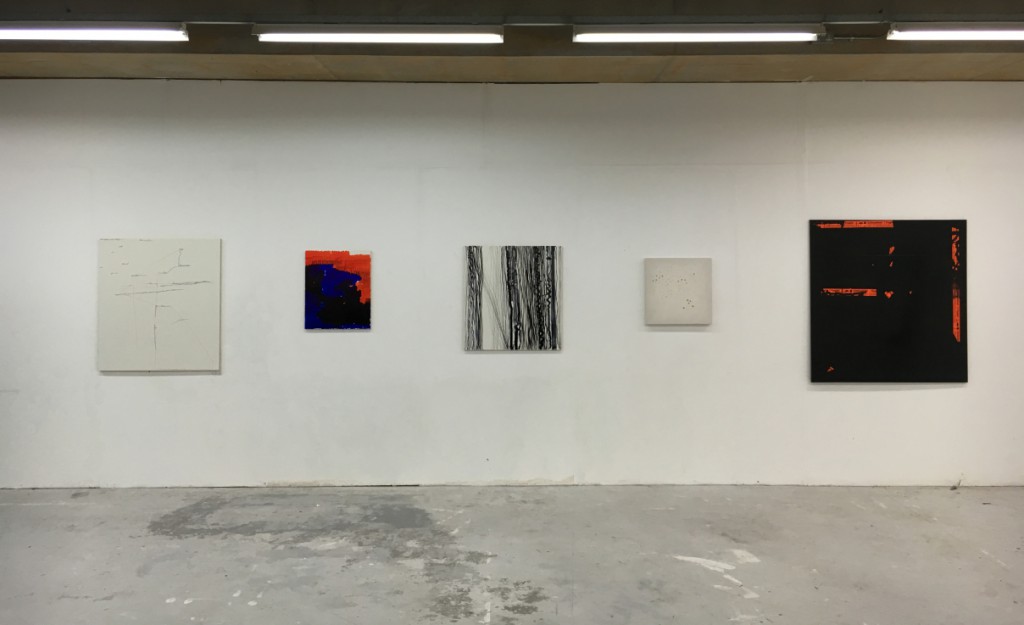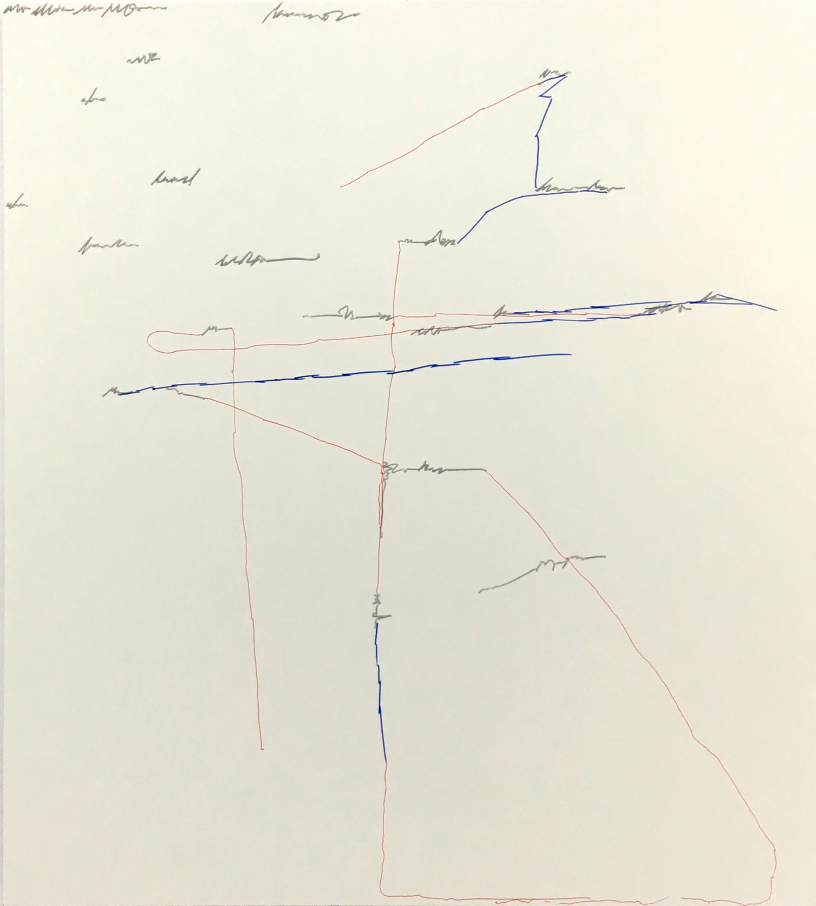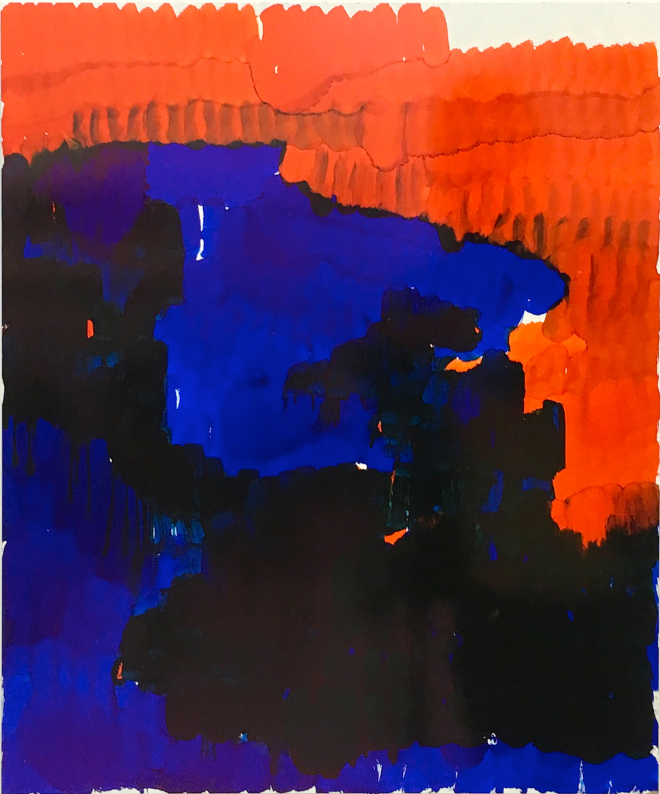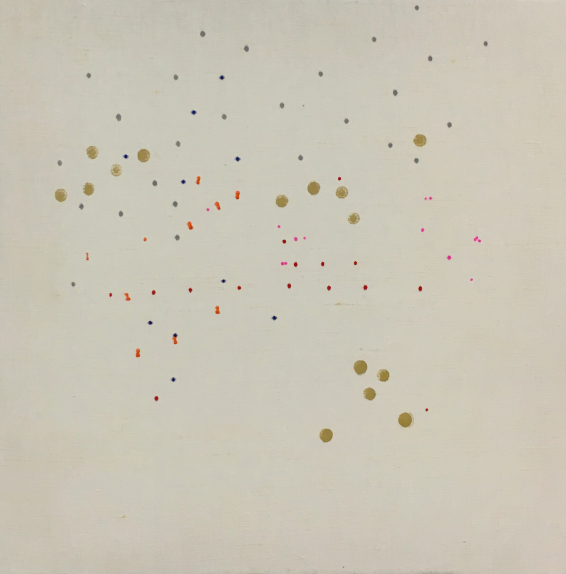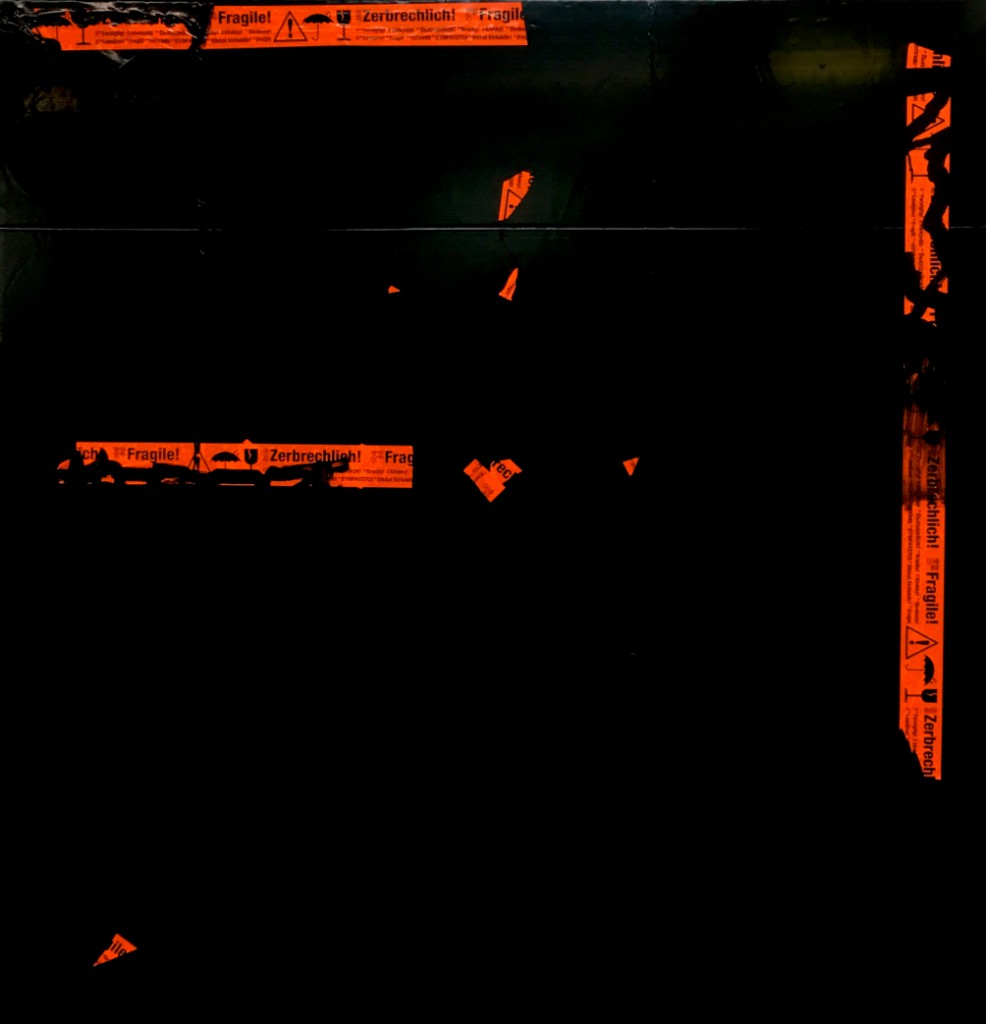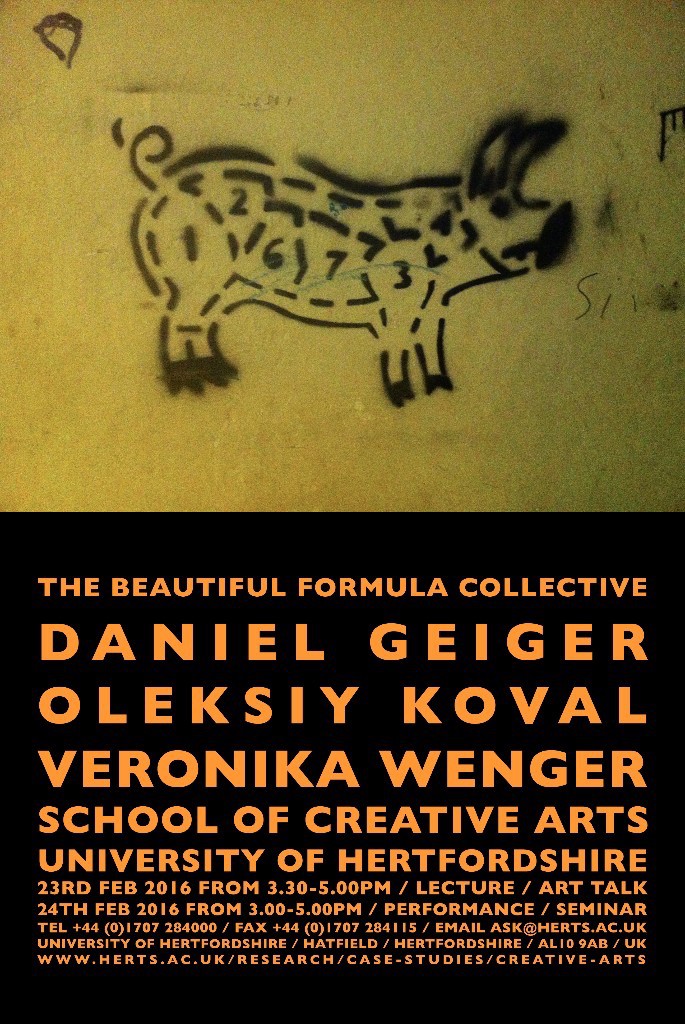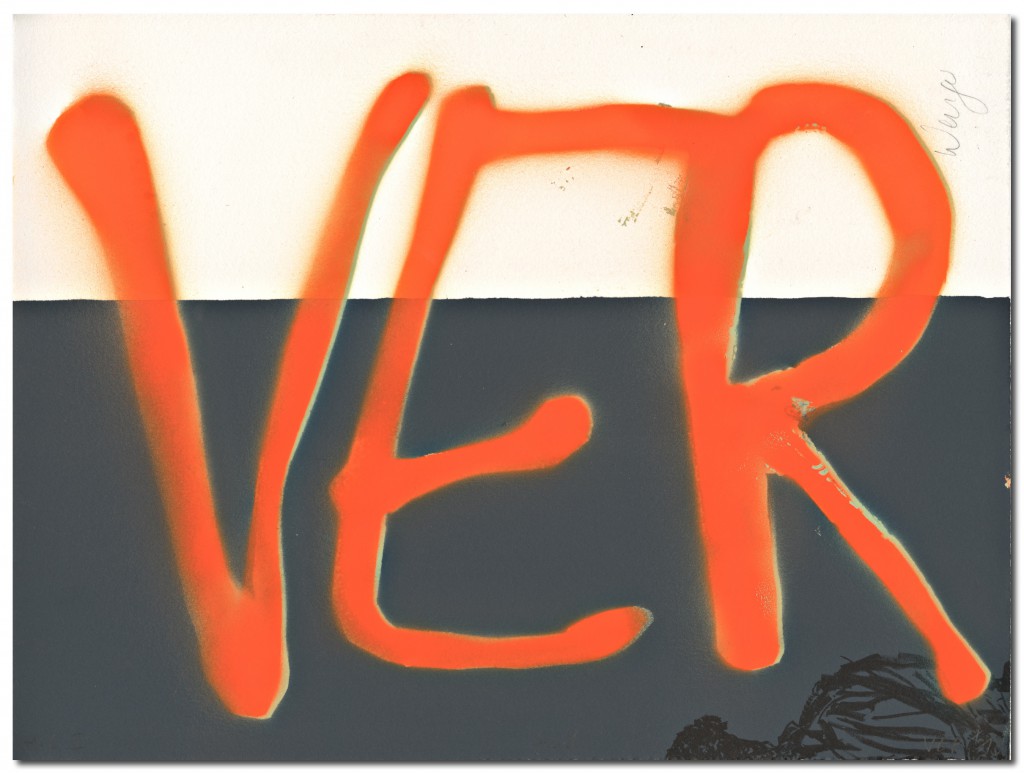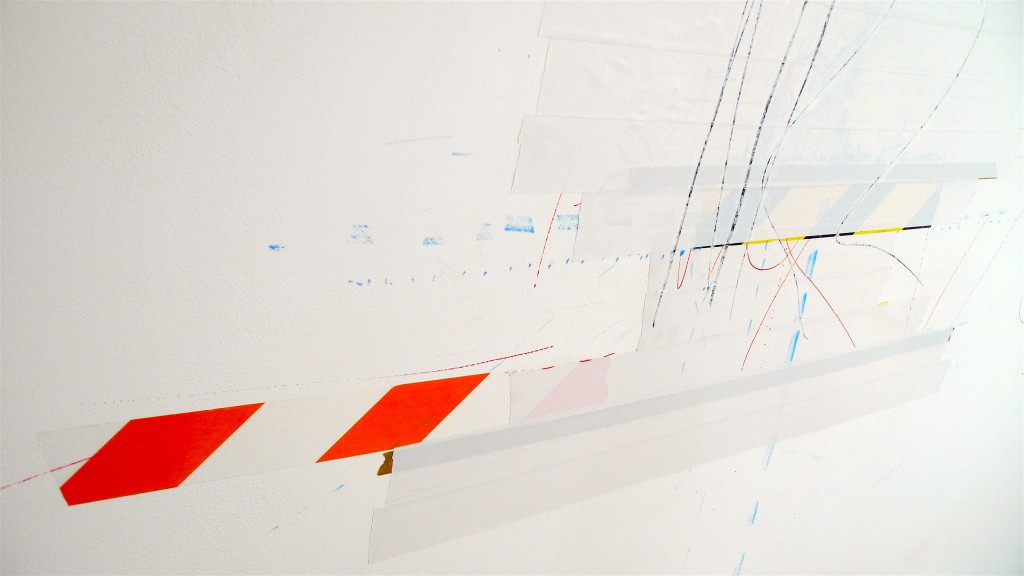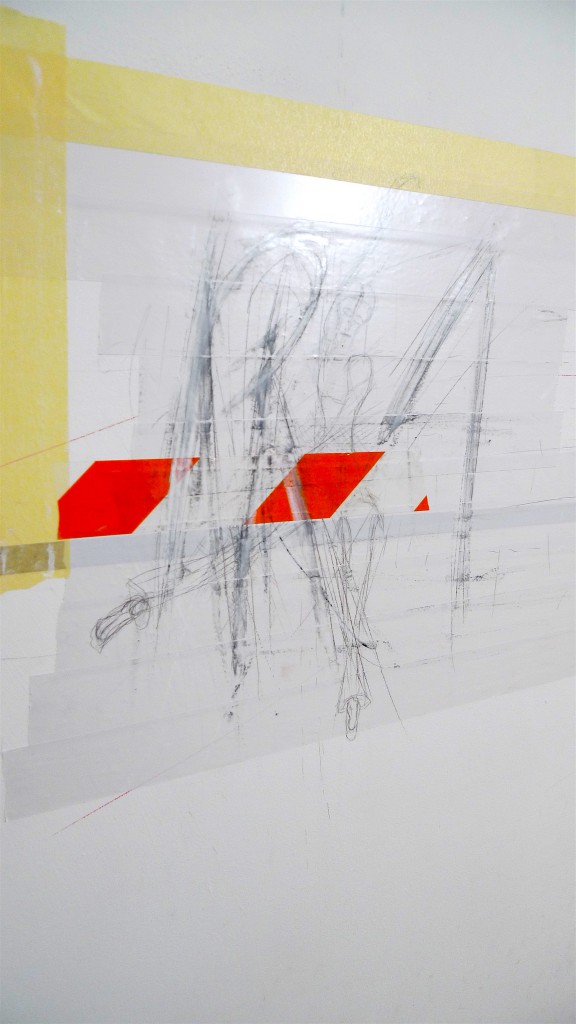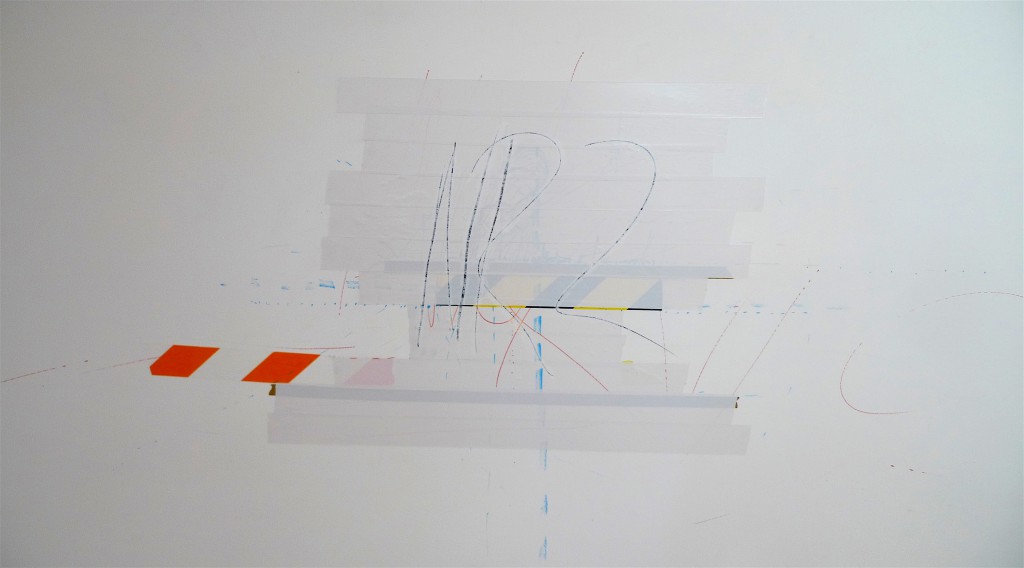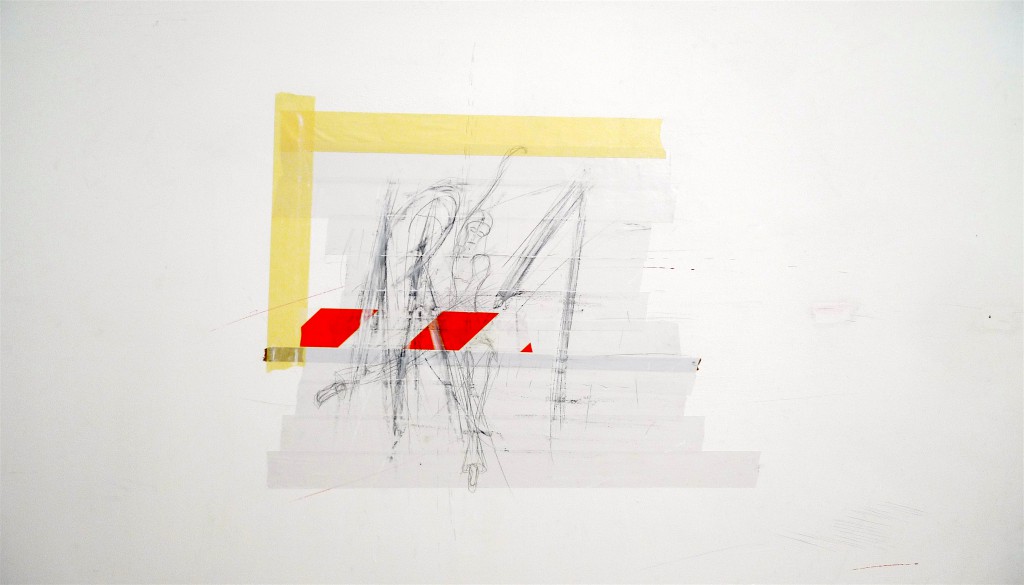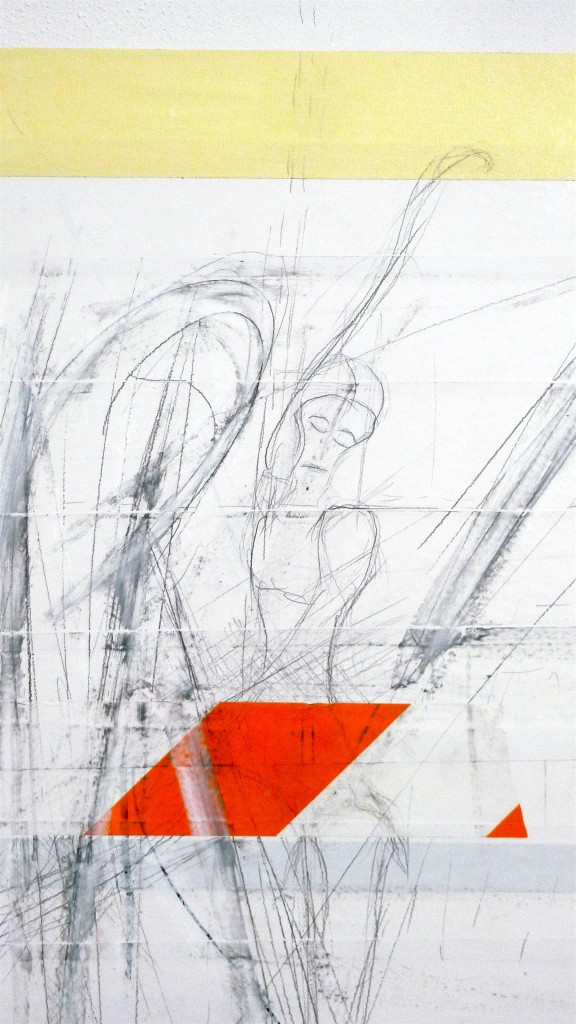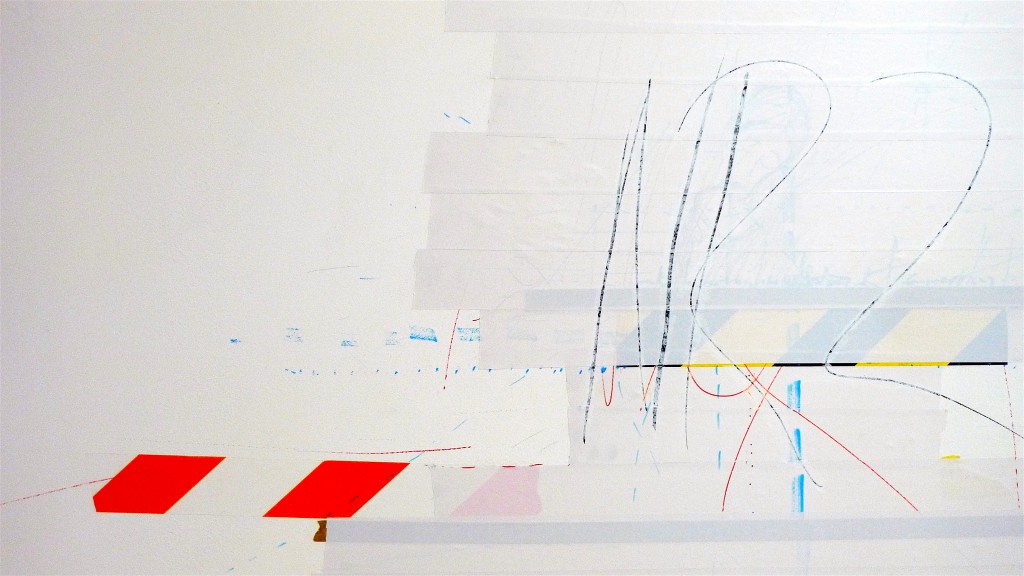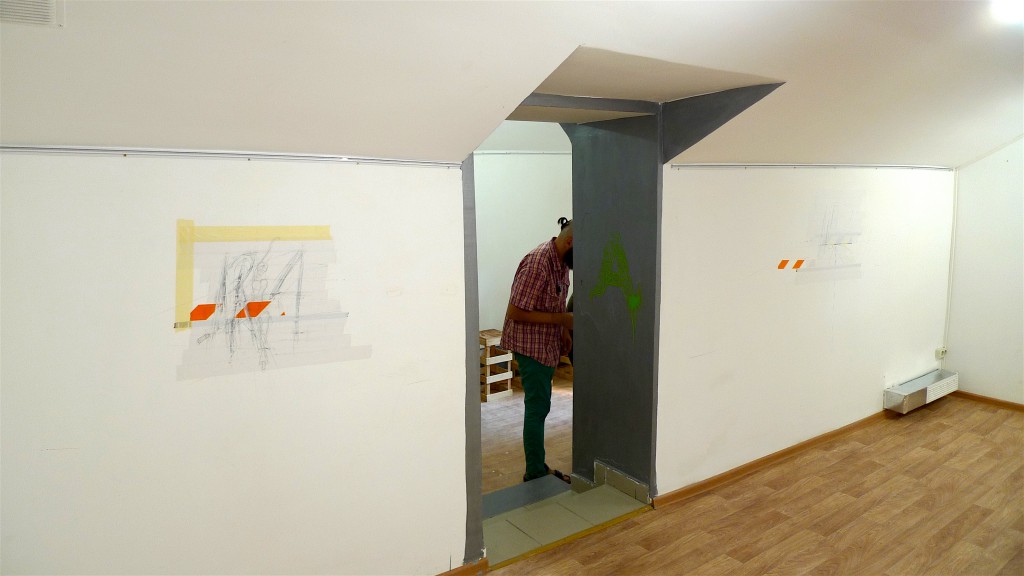Photo © The Beautiful Formula Collective
Photo © The Beautiful Formula Collective
Photo © The Beautiful Formula Collective
Dirigent, marker on melamine, 100 x 90 cm, University of Hertfordshire, 2016
Daniel Geiger, Oleksiy Koval, Veronika Wenger.
Photo © The Beautiful Formula Collective
Sanguiniker, ink on melamine, 60 x 50 cm, University of Hertfordshire, 2016
Daniel Geiger, Oleksiy Koval, Veronika Wenger.
Photo © The Beautiful Formula Collective
V, marker on melamine, 80 x 75 cm, University of Hertfordshire, 2016
Daniel Geiger, Oleksiy Koval, Veronika Wenger
Photo © The Beautiful Formula Collective
Gnade, marker on cotton, 50 x 50 cm, University of Hertfordshire, 2016
Daniel Geiger, Oleksiy Koval, Veronika Wenger
Photo © The Beautiful Formula Collective
Private collection, London
Melancholiker, ink, tape on foil, 125 x 120 cm, University of Hertfordshire, 2016
Daniel Geiger, Oleksiy Koval, Veronika Wenger
Photo © The Beautiful Formula Collective
